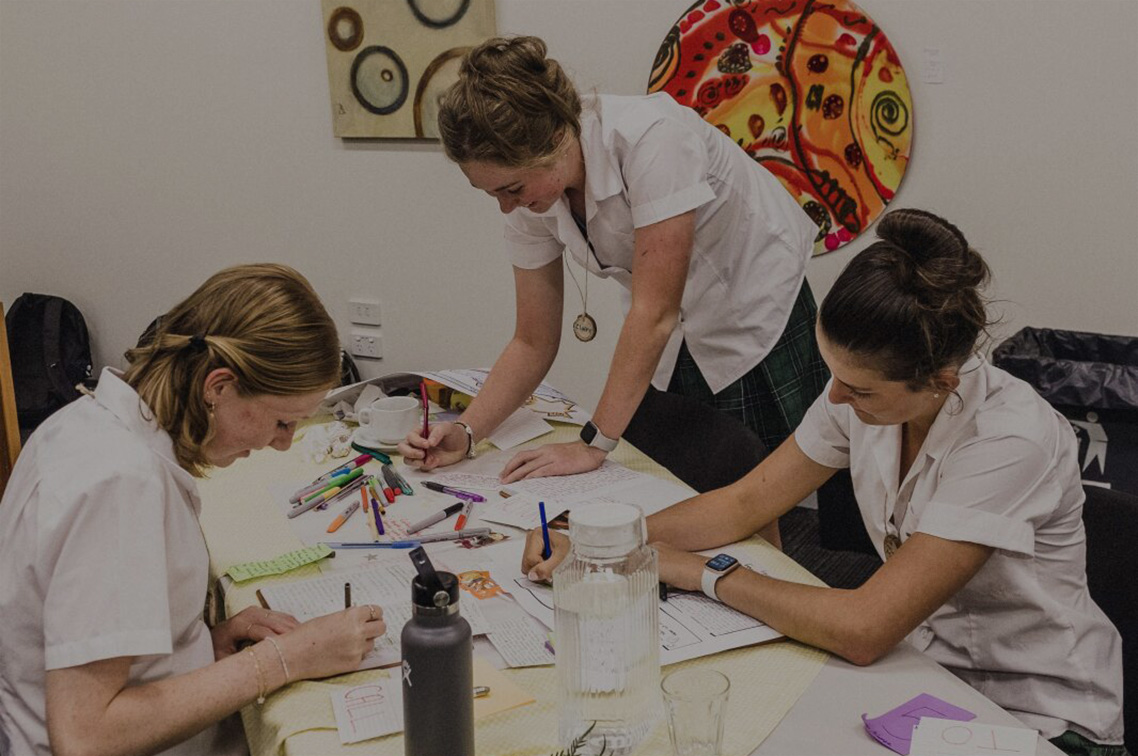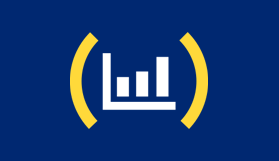Turning local rural dreams into action: the Investing in Rural Community Futures program

From Swan Hill to Colac, local for-purpose organisations are stepping into their power. With support from Foundation for Rural & Regional Renewal’s (FRRR) Investing in Rural Community Futures program, grassroots groups are gaining the tools, confidence and partnerships to transform their communities.
In 2024, in the small New South Wales coastal town of Ulladulla, a single road-mapping workshop sparked hope, inspiring local youth to imagine new possibilities.
Supported by the Foundation for Rural & Regional Renewal (FRRR), the young people came together to explore their ideal future. They dreamt of how they wanted to live, learn and work. The workshop gave the youth a rare opportunity to be heard, collaborate and see how their ideas could shape the future of their town.
With funding from FRRR’s Investing in Rural Community Futures (IRCF) program, the young people’s ideas quickly turned into action. Youth-led projects and partnerships with local businesses soon followed, ranging from community events to practical initiatives that addressed local needs.
“When young people are given space to dream and support to act, communities come alive. It’s incredible to see ideas become real projects that benefit everyone,” says FRRR’s CEO Natalie Egleton.
The IRCF program equips grassroots organisations in rural communities with the tools, confidence, and resources to dream big and act collectively. Now, for the first time, the initiative is being introduced to Swan Hill, Maryborough and Colac in Victoria. That’s all thanks to a collaborative $5 million partnership between four philanthropic organisations – William Buckland Foundation (managed by Equity Trustees), Helen Macpherson Smith Trust, Jack Brockhoff Foundation and The Ross Trust.
For five years, these three rural communities will all receive support to strengthen the capability and resilience of their local for-purpose sector.
Natalie says that the program is unique because it invests in the “glue” of rural communities: the small, under-resourced charities that hold everything together. “Men’s Sheds, sports clubs, neighbourhood centres, local festivals – they are all the lifeblood of regional Australia. Yet, they are often run by volunteers in their spare time, and due to a lack of support or resources, there may be little opportunity to think strategically about an organisation’s future. The IRCF program gives them that chance.”
The program works by bringing together a cross-section of local organisations to co-create a shared roadmap for the future. Guided by four pillars – strategy, efficiency, systems and people – communities map out what a strong, local sustainable for-purpose sector could look like. From there, FRRR provides targeted funding and support for professional development, governance training, collaborations, and operational improvements. Local facilitators are also employed in each community to ensure the program remains grounded in local knowledge and relationships.
“This isn’t about FRRR telling communities what to do. It’s about walking alongside them, providing the resources, frameworks and support so that local people can lead. When communities have the time, space and confidence to dream, extraordinary things happen.”
Empowering grassroots communities
FRRR supports communities in rural and regional Australia by funding local projects that drive social, economic and environmental change. In 2018, FRRR launched IRCF in NSW to pursue its mission and extend its work. Since then, it has supported eight communities and demonstrated long-lasting impact.
Natalie says organisations have since become more collaborative, more confident and better equipped to respond to crises such as bushfires and drought. “Most importantly, they report feeling seen, heard and hopeful.”
That sense of hope is what FRRR and its partners now aim to nurture in Victoria. Over the next five years, the program is expected to employ more than 20 people across the state to build stronger local partnerships and ensure grassroots groups thrive.
“Ultimately, this is about communities moving from patching up problems to realising their ambitions. With the right support, they can generate momentum and shape their own futures. That’s the power of trust-based philanthropy. It allows people to imagine and then to act.”
To find out more, please visit www.frrr.org.au/
Photo caption: Group work for Youth Roadmap. Photo credit: Dean Dampney.
"That’s the power of trust-based philanthropy. It allows people to imagine and then to act.”



